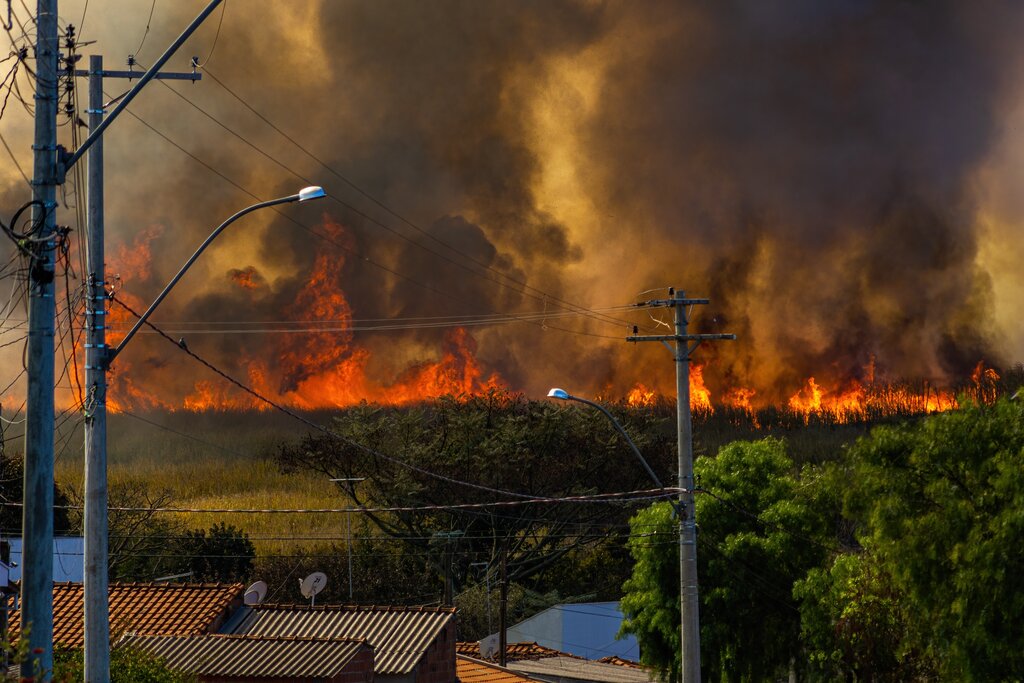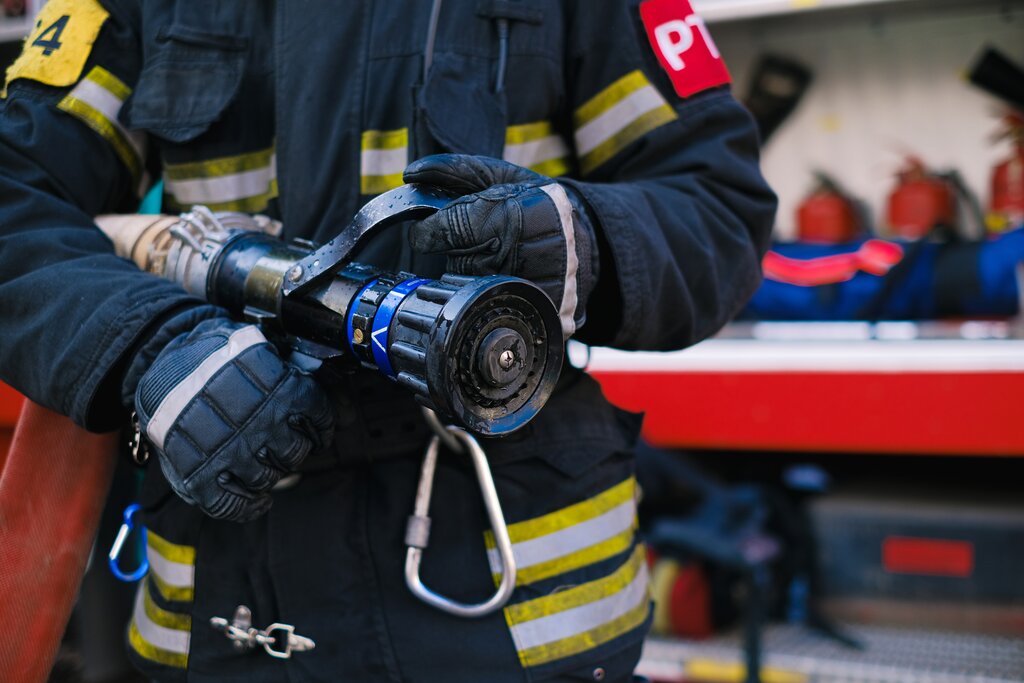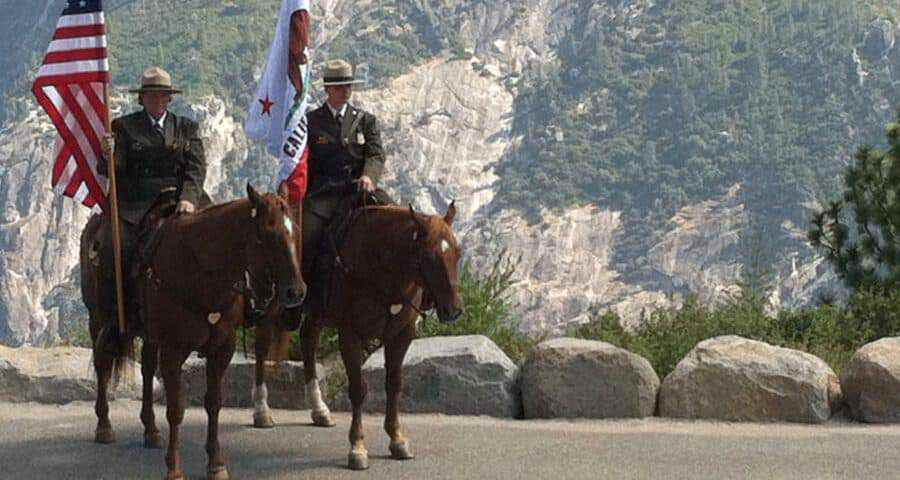
Rangers and Game Wardens: A Different Breed
Several times a year, a complete stranger will approach Lt. David Pachan and say, “I wish I had your job.”
“And every time someone says that,” Pachan says, “it makes me feel incredibly lucky.”
Pachan is a forest ranger in upstate New York. But he could be a ranger at any of the 154 national forests or 58 national parks across the U.S. ( Not to mention the multitude of state forests and parks who also employ rangers and game wardens.)
Rangers and game wardens are a different breed of people – those who can’t imagine working anywhere else.
But Wait, Aren’t They the Same Thing?
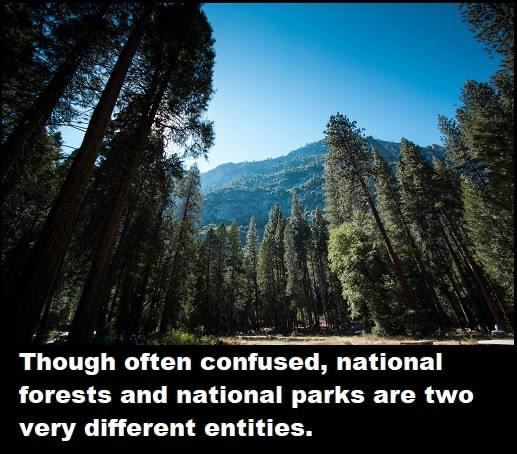
National forests….national parks – aren’t they the same thing? No, they’re not.
Both national forests and national parks are public lands and they’re often confused. But they are, in fact, very different entities, serving different purposes. Which means the duties of forest rangers and park rangers can also be very different.
National parks are designated strictly for preservation. They’re designed to protect natural and historic resources for future generations, barely altering the existing state. Park rangers are employed by the National Park Service (NPS), as a division of the Department of Interior.
National forests, on the other hand, are designated for multiple uses, not just resource preservation. They provide us with a variety of products and services. Such as lumber, minerals, cattle grazing (on national grasslands) and recreation. Forest rangers work for the U.S. Forest Service (USFS) under the Department of Agriculture.
National parks and national forests are often located on adjoining lands. But because they serve different purposes, they may have very different regulations governing them. (For example, national parks usually forbid hunting, while forests usually allow it.)
Forest Rangers
The law enforcement arm of the U.S. Forest Service consists of two types of officers: uniformed Law Enforcement Officers (LEOs) and special agents.
LEOs are the forest rangers. They enforce federal (and some state) laws and regulations governing national forest lands and resources. As federal law enforcement officers, they carry firearms and other defensive equipment. They also make arrests, execute search warrants, and testify in court.
–Article Continues Below–

Forest rangers represent the long arm of the law in their visible presence within our vast national forests. Their primary purpose is to protect natural resources, USFS staff, and forest visitors.
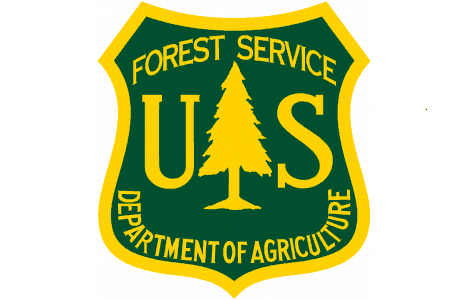
These rangers are skilled in both fire prevention and firefighting. They also assist special agents in wildfire and other investigations, provide emergency medical aid, assist in search and rescue operations, and even conduct educational programs.
According to Lt. Pachan, public outreach and education are two other crucial aspects of a ranger’s job. “We often visit schools to talk to students about the job of a forest ranger. We also teach search and rescue and wildland fire suppression courses,” he said.
Special agents, on the other hand, are plain-clothes investigators of criminal and administrative violations of US law and USFS code. They carry concealed firearms and other defensive equipment. They also make arrests, present cases to US attorneys, and prepare detailed investigative reports.
Special agents work behind the scenes; a lot of their time is spent in surveillance. Although they are a key component of law enforcement for the USFS, they would not be characterized as “rangers.”
Here’s how one U.S. Forest Service ranger explains his job:
Park Rangers
All National Park Service employees contribute to the mission of preserving the country’s natural and cultural resources. But the term “park ranger” is traditionally reserved for those who wear the uniform. Of these rangers, there are two primary types: law enforcement and resource interpretation.
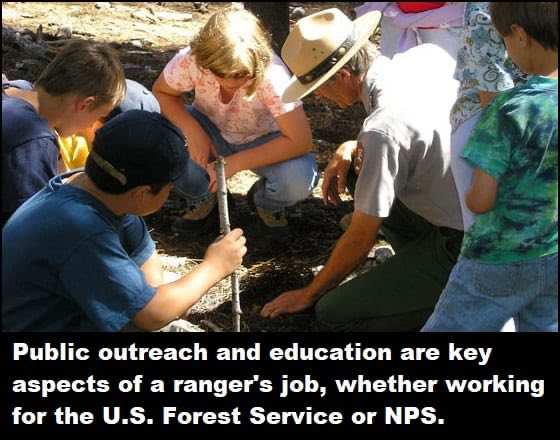
Commissioned NPS law enforcement rangers are sworn peace officers with broad authority to enforce federal and state laws within all NPS sites. They are the primary police agency within the national parks. As such, they receive extensive police training at the Federal Law Enforcement Training Center, as well as regular firearms training.
Park rangers are often certified as emergency medical technicians, first responders or paramedics. They may operate ambulances and respond to all manner of medical incidents.
Not surprisingly, these rangers are often the first to spot wildfires and are typically trained as wildland firefighters. They may also conduct prescribed burns.
Because many areas of the national park system are indeed wilderness, natural hazards abound. As a result, park rangers are trained in the search and rescue operations often required in these remote regions.
Interpretive Rangers

The other type of park ranger is an interpretive ranger, sometimes called a”cultural” park ranger. The goal of interpretive rangers is to foster public stewardship of the park’s natural resources.
They use multiple tools to this end. Such as guided tours depicting the park’s history and/or ecology, slideshows, demonstrations, and historical re-enactments.
Areas in which interpretive rangers serve may include:
- Historic sites and monuments
- Wildlife refuges
- Environmental havens
- Archaeologically significant sites
- Recreational areas
And Then There Are Game Wardens
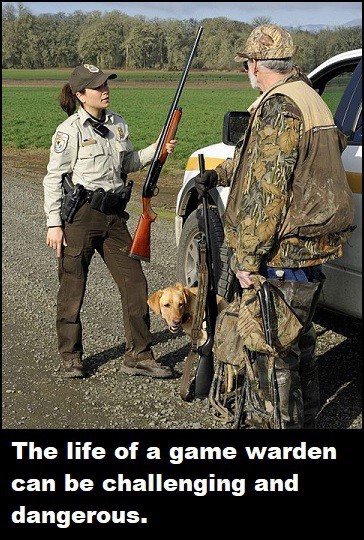
To muddy the waters even more, there are also game wardens (also known as federal wildlife officers), who police the country’s 562 national wildlife refuges and 38 designated wetlands.
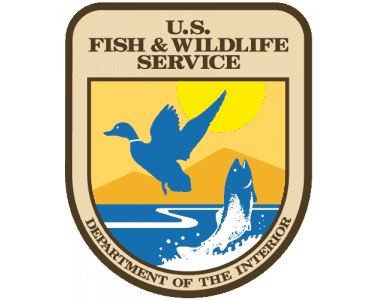
Like forest rangers and park rangers, federal game wardens are also law enforcement officers, but they report to an entirely different government entity — the U.S. Fish & Wildlife Service. Their goal is to protect wildlife from poaching, overfishing or excessive hunting, and to enforce federal and some state laws.
They investigate hunting accidents, arrest poachers and seize equipment used in illegal hunting operations.
Game wardens perform virtually all of their duties outdoors. In the deep woods, on a mountain top, in the middle of a lake, or on the open sea. Game wardens are on the job at all hours. They work in all seasons and in every type of weather.
They’re a hardy, self-reliant bunch. They often travel alone to remote areas, where communication is challenging and backup is slow to arrive. They occasionally must confront potentially dangerous suspects, including drug traffickers.
Which is why game wardens often carry both a rifle and a handgun. Not a job for the faint of heart.
Sources:
Featured Image: Creative Commons Photo by Cthegoat

